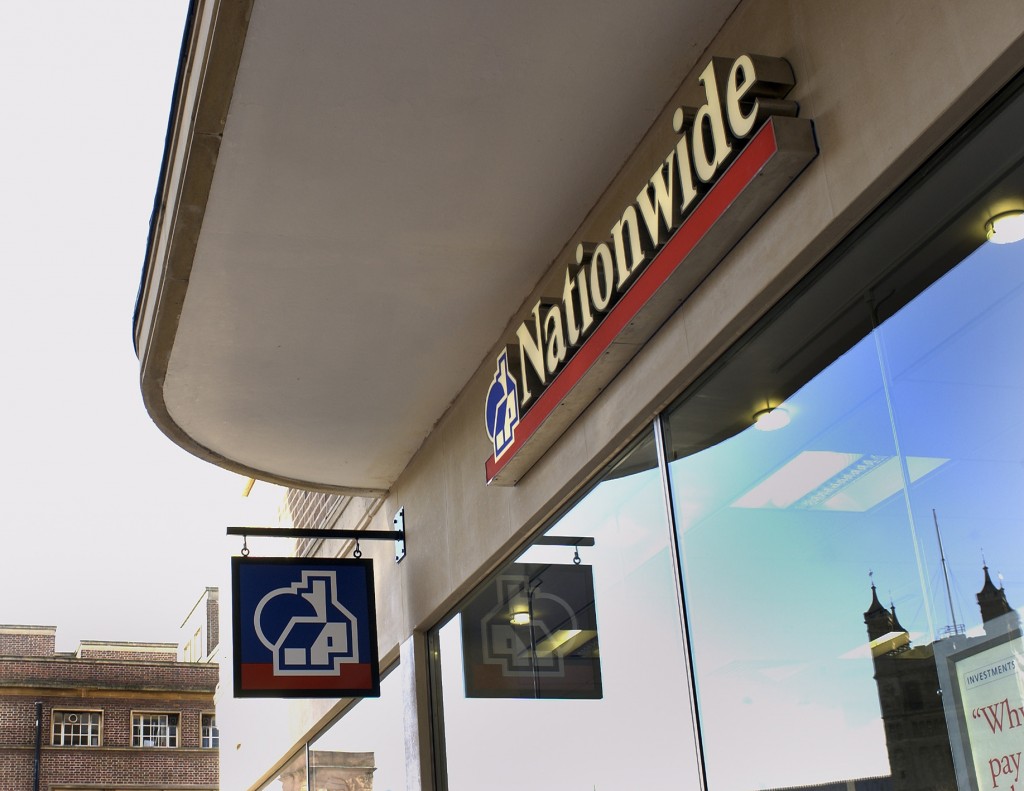
Nationwide Building Society has reported a 53% year-on-year increase in the number of first-time buyers taking out its Helping Hand mortgage.
The rise follows a boost to the scheme’s criteria in September 2024, allowing borrowers to take out loans worth up to six times their income, compared with the previous 5.5 times limit.
It also reflects a move by regulators earlier this year to relax rules restricting the proportion of high loan-to-income lending banks and building societies could undertake.
Between October 2024 and September 2025, Nationwide’s Helping Hand mortgages were used by 23,000 borrowers to buy their first homes, compared with 15,000 during the previous 12 months.
Completions on new-build homes also more than doubled, rising by 102%.
Nationwide had to curb its lending under the Helping Hand scheme in January in order to keep within rules which required that no more than 15% of lending by any bank or building society could be higher than 4.5 times loan-to-income (LTI).
In May, clarification by the FCA on stress rate rules meant Nationwide was able to boost affordability on Helping Hand and allow buyers to borrow up to £28,000 more.
Nationwide also increased the maximum LTV on new-build houses to 95%.
But the LTI limits were still proving a major obstacle, so in July, following pressure from Nationwide and other lenders, the restrictions were eased.
New rules allow individual lenders to go above these limits so long as high-LTI mortgages across the industry as a whole represent no more than 15% of all new lending.
This enabled Nationwide to relax minimum income criteria on Helping Hand mortgages.
Since launch in April 2021, the scheme has been used by 63,000 first-time buyers who have borrowed £13bn in total.
Nationwide data shows that the product is proving particularly popular in higher-cost regions.
The outer South East accounts for 28% of all Helping Hand completions, while London represents 23% and the South West 12%.
The average sole applicant using Helping Hand is aged 31, compared with the wider market average of 33, according to UK Finance.
Nationwide group director of mortgages Henry Jordan says: “These latest figures for the past 12 months show that our decision to increase borrowing up to six times income has been a gamechanger for thousands of first-time buyers.
“But we’re not stopping there, and with the support of government and regulatory changes throughout 2025, we’ve been able to progressively increase our support for potential homeowners as we continue to put first-time buyers first.”
John Charcol mortgage technical manager Nicholas Mendes says: “Nationwide’s figures highlight how positive innovation in the mortgage market can be.
“A 53% jump in first-time buyers using Helping Hand over the past year underlines pent-up demand among aspiring homeowners and the impact of more flexible lending criteria.
“The decision to allow borrowing up to six times income has opened more conversations with would-be buyers who had not imagined they could get on the ladder.
“It is also helping to push marginal cases over the line.
“That is a vital boost for those struggling to bridge the gap between wages and house prices, particularly in high-cost regions such as London and the South East.
“This is not simply about larger loans. It is about enabling financially stable borrowers, such as key workers and young professionals, to buy sooner and with greater confidence.
“The expansion to 95% loan to value on new-build homes also supports construction activity at a time when increasing housing supply remains a national priority.”



